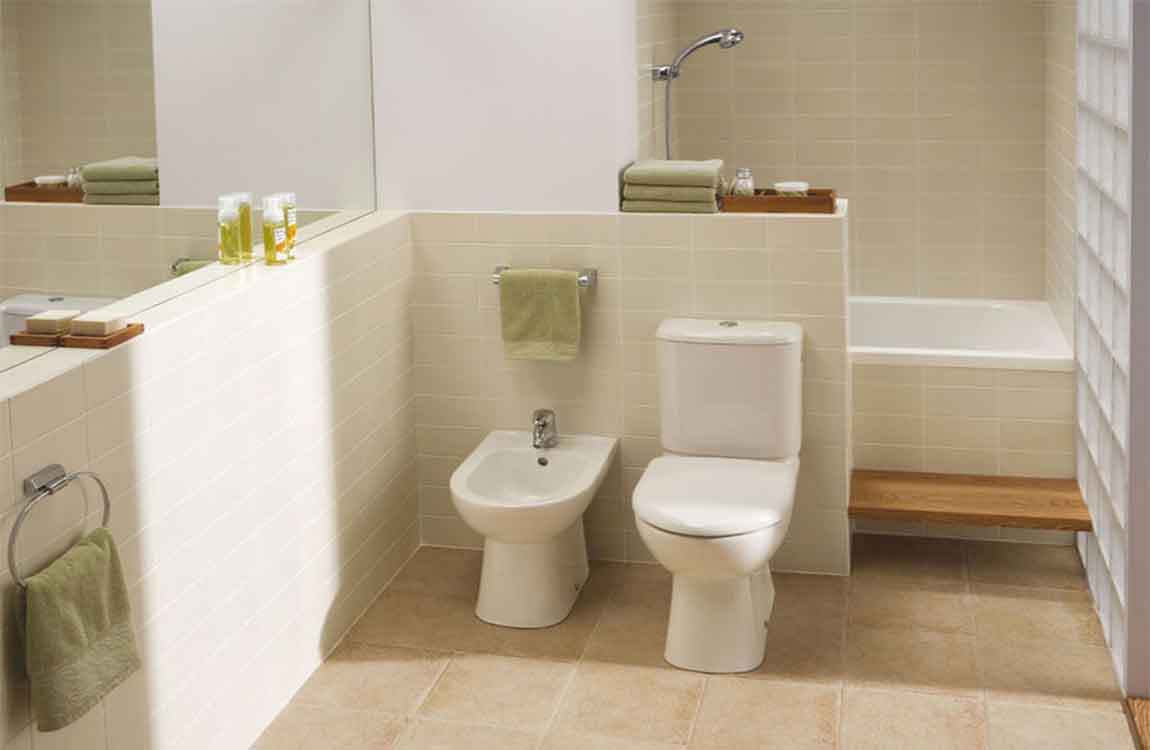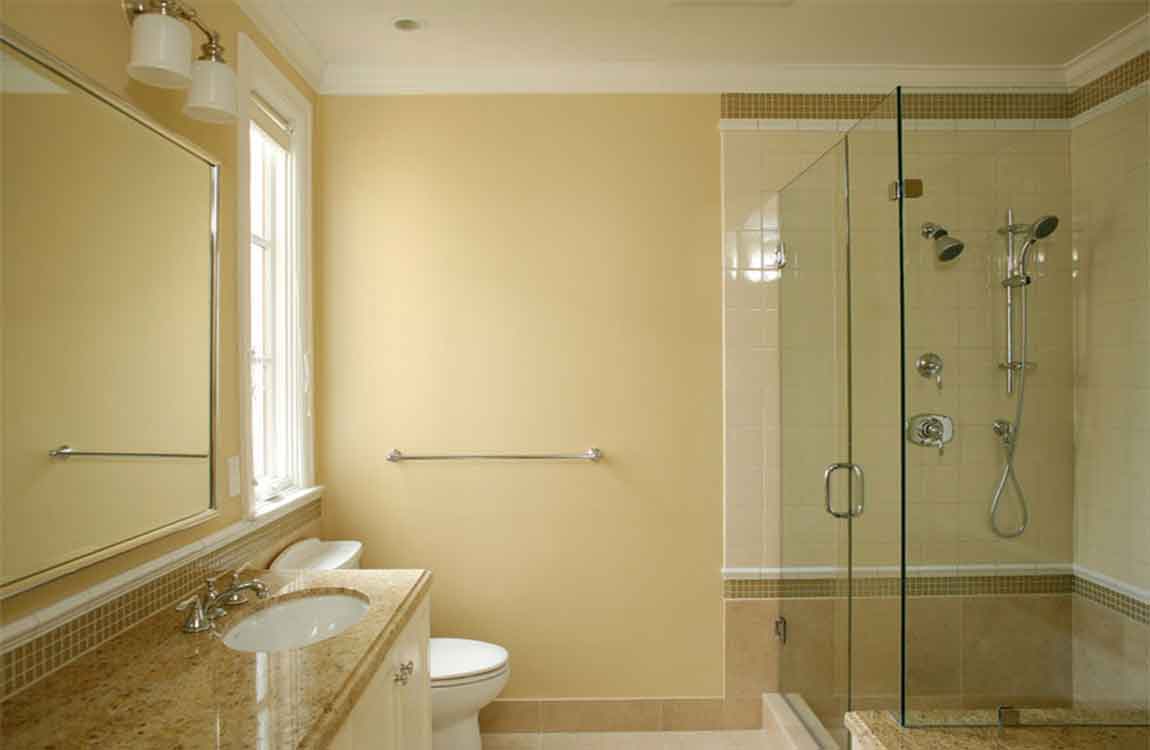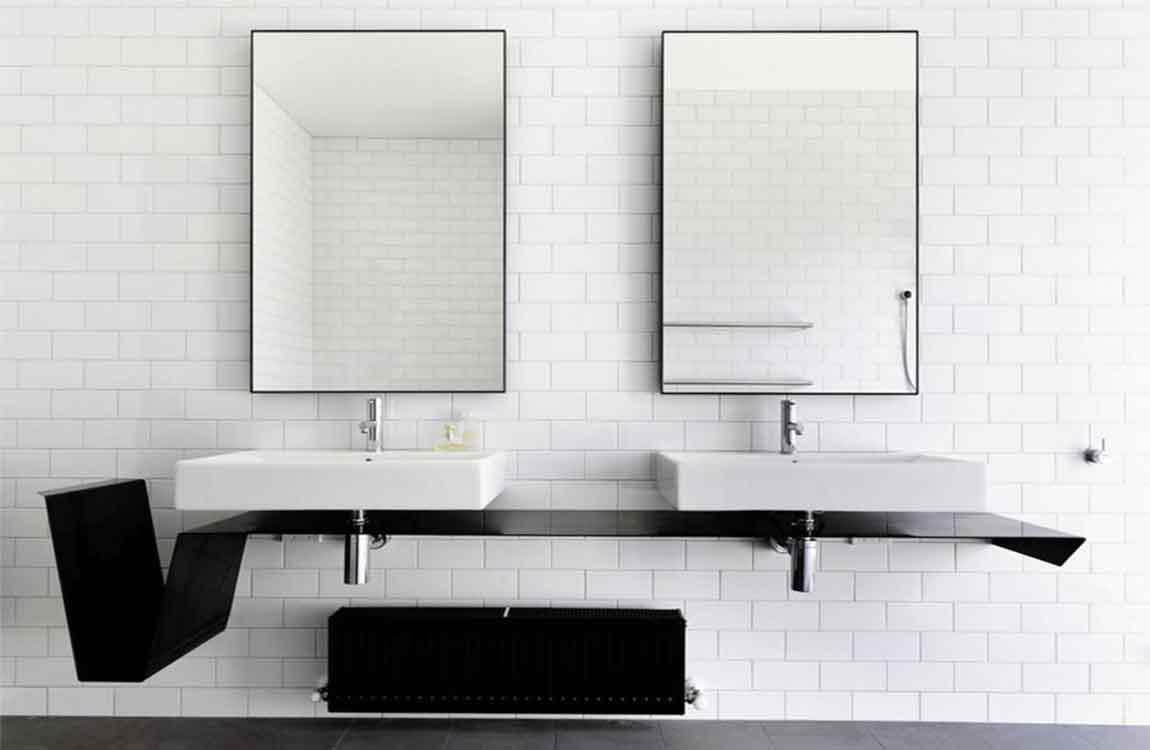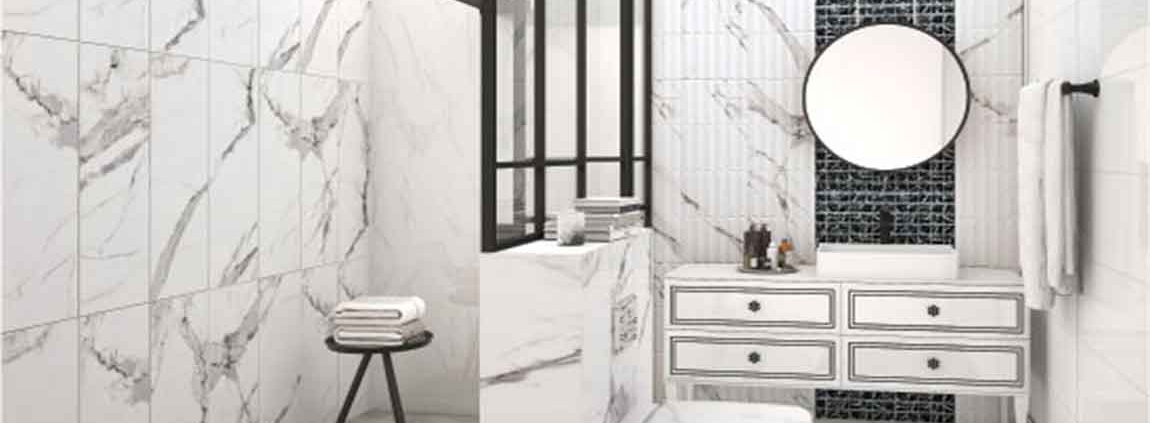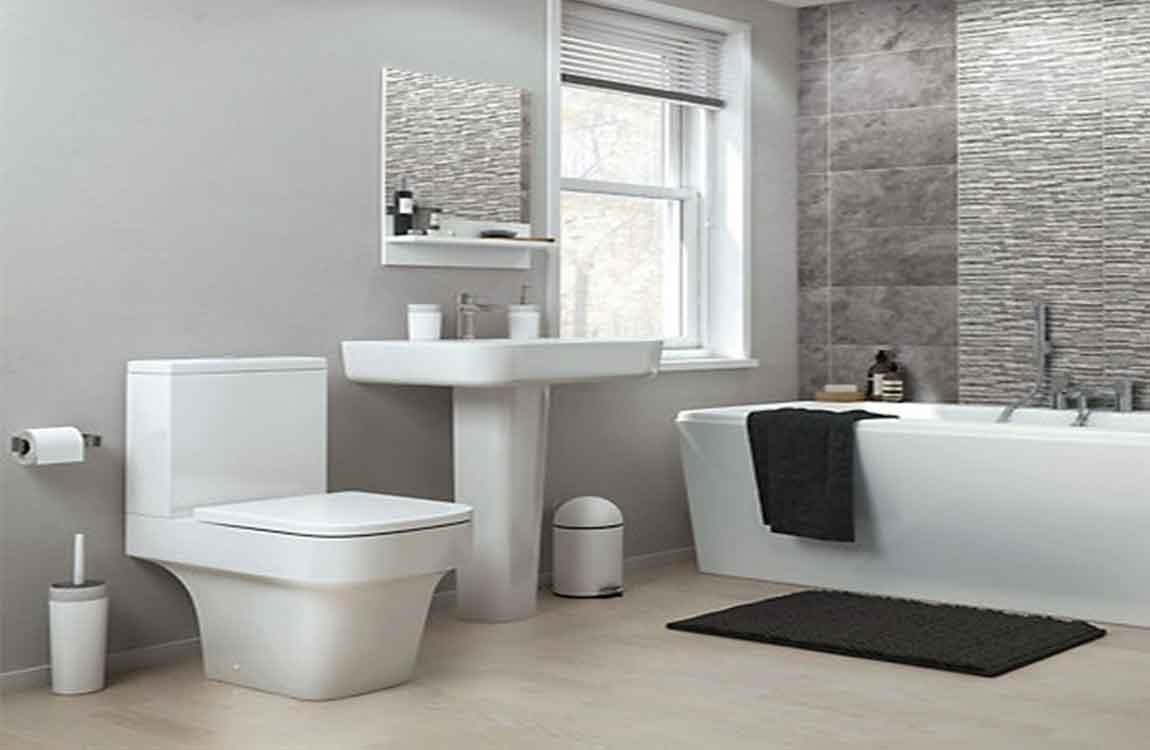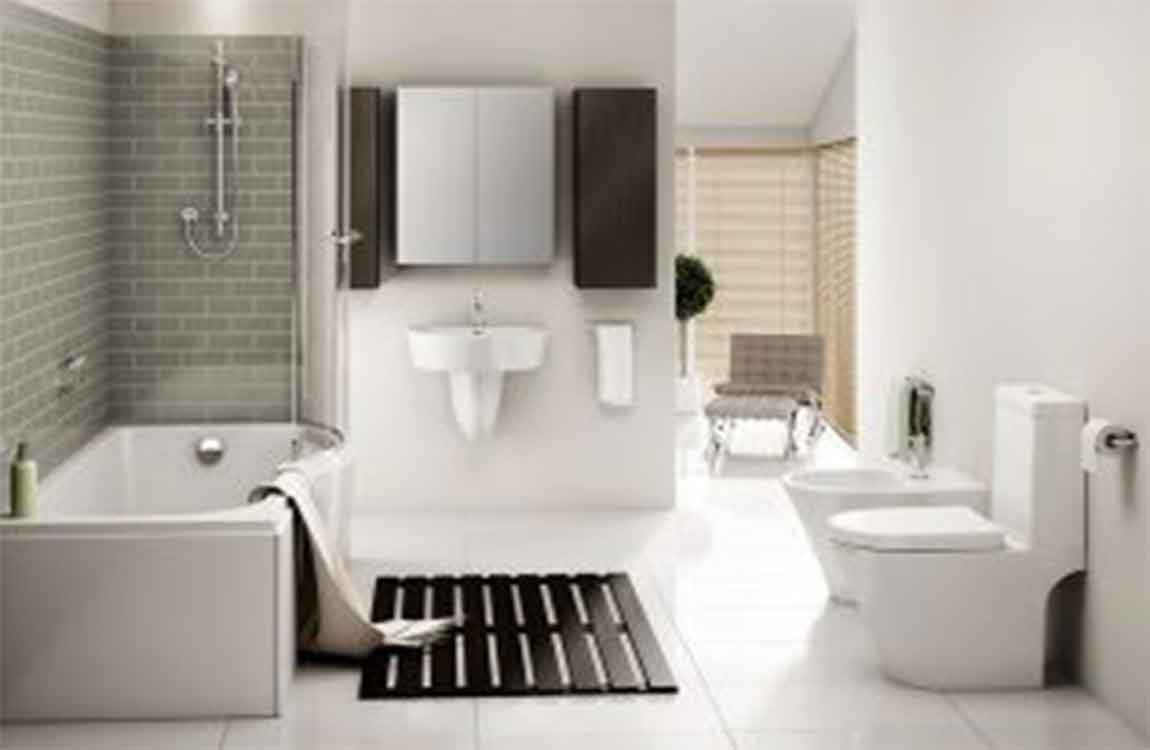How Attaching the Grille?
Twist the same color wires together (usually white to white and black or red to black) and add the connectors. Wrap the bare copper wire around the green grounding clip or screw and tighten to secure. Place the wires back in the electrical splice unit and reattach the cover.
If you don’t feel confident about doing the wiring yourself, don’t hesitate to call in a licensed electrician to install the fan or simply inspect your work when you’re done. Also be aware that aluminum (rather than copper) wiring requires special handling and any electrical work involving this type of wiring should be undertaken by a professional.
Attach the grille. Now you’re almost finished. Plug the blower motor into the electrical receptacle and secure it with the screws provided. Install the decorative plastic grille by slipping its mounting wires into the available slots in the housing unit. Make sure it sits snugly against the ceiling — spread the mounting wires a little to create more tension, if necessary.
Turn the power back on and test your new bathroom fan to make sure it’s working. Attach the duct. Once the fan is in place, connect a 90 degree duct elbow to the fan’s exhaust port using sheet metal screws. Then attach a new 4 to 6 inch (10.2 to 15.2 cm) duct pipe to the duct elbow.
It is possible to use the duct pipe from the old fan, but if it is less than 4 inches (10.2 cm) in diameter you will need to install a duct pipe reducer before reattaching the pipe. However be aware that using a smaller, older duct pipe will prevent the fan from working as efficiently.


